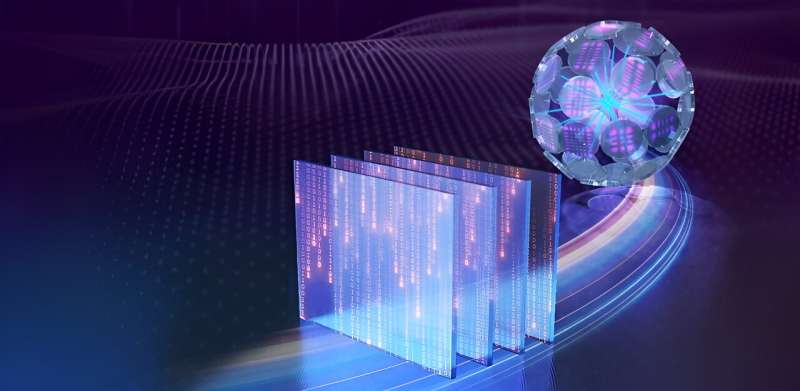This article has been reviewed according to Science X's editorial process and policies. Editors have highlighted the following attributes while ensuring the content's credibility:
fact-checked
trusted source
proofread
Coherence entropy unlocks new insights into light-field behavior

Light technology is at the heart of many cutting-edge innovations, from high-speed internet to advanced medical imaging. However, transmitting light through challenging environments, such as turbulent atmospheres or deformed optical systems, has always posed a significant hurdle. These complexities can distort and disrupt the light field, making it difficult to achieve clear and reliable results. Scientists have long sought ways to overcome these limitations, and a new breakthrough may hold the key to advancing practical applications.
As reported in Advanced Photonics, researchers at Soochow University have made a significant advancement in understanding how light behaves as it travels through complex and fluctuating media. This breakthrough could revolutionize various applications ranging from optical communications to advanced imaging techniques.
In the realm of optics, the deformation, flicker, and drift of light fields caused by complex media have historically limited practical applications. The Soochow University team introduced a novel approach to tackling this problem by leveraging a concept known as coherence entropy.
Coherence entropy, a measure of the statistical property of light known as coherence, provides a global characterization of light fields subjected to random fluctuations. Traditionally, characterizing the coherence of light has been complex and difficult to quantify. The research team has successfully applied orthogonal modal decomposition to partially coherent beams, leading to the introduction of coherence entropy as a reliable metric.
Their study revealed that coherence entropy remains stable during the propagation of light through a unitary system, even when faced with complex and deformed optical environments. This consistency suggests that coherence entropy can be a robust indicator of light field behavior in non-ideal conditions.
The team demonstrated the practical utility of coherence entropy by examining its effectiveness in partially coherent beams as they moved through various deformed optical systems and turbulent media. The results show that coherence entropy is resilient and remains a dependable measure for evaluating the performance of light fields in challenging conditions.
"This research represents a major leap forward in our ability to predict and control light propagation through complex environments," said corresponding author Dr. Chengliang Zhao, the lead researcher. "The introduction of coherence entropy as a global coherence characteristic opens up new possibilities for customizing light fields to improve their performance in real-world applications."
The implications of this study are far-reaching. From enhancing optical communication systems that must operate through atmospheric turbulence, to advancing imaging technologies that rely on light fields traveling through distorted media, coherence entropy could become a crucial tool for scientists and engineers alike.
By providing a more reliable way to assess and manage light fields in less-than-ideal conditions, this research paves the way for broader and more effective use of low-coherence light fields across various scientific and practical domains.
More information: Xingyuan Lu et al, Coherence entropy during propagation through complex media, Advanced Photonics (2024). DOI: 10.1117/1.AP.6.4.046002
Provided by SPIE





















